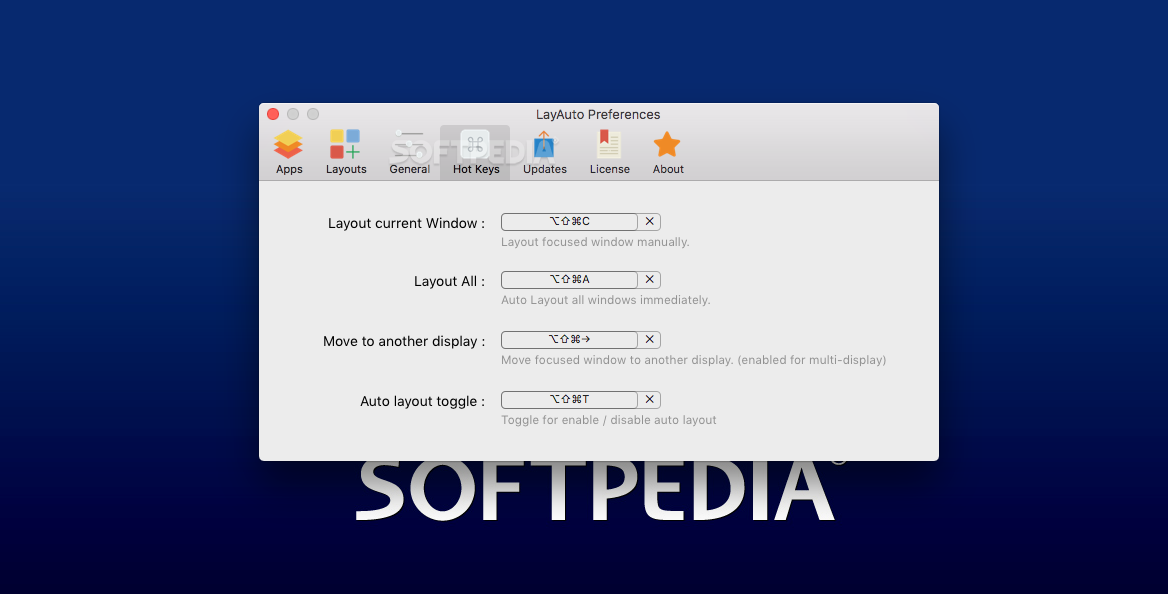
Stretching single RNA hairpins with optical tweezers has shown that RNA can fold against force (Liphardt et al. 2014 Rief and Grubmuller 2002 Rief et al.

This mechanical fingerprinting assay has since contributed to the development of a separate methodological field, single-molecule force spectroscopy (Anderson et al. 1997a), was the giant muscle protein titin. The first protein molecule to be mechanically manipulated, with optical tweezers (Kellermayer et al.

Single-molecule mechanical experiments have shown that dsDNA may be overstretched into an S-form, the exact nature of which is still to be uncovered (Smith et al. 1993) were the first motor proteins, the mechanical work (force and displacement) of which were measured, by using optical tweezers. Individual actin filaments could be visualized as they glide over a lawn of myosin molecules in what has since become known as the in vitro motility assay (Harada et al. The field of single-molecule and single-particle science evolved in the past 30 years through landmark experiments. Biomolecular mechanics entail the investigation of the elastic and viscoelastic properties of biomolecules and the force-generation by mechanoenzymes. Finally, the mechanical properties and functions of biomolecular systems can be unveiled only by single-molecule and single-particle methods, because mechanical force needs to be measured which is a vectorial quantity with a distinct point of action. Third, the spatial distribution of molecular states may be identified hence, processes that proceed via parallel pathways, such as protein folding (Dobson and Karplus 1999 Zhuang and Rief 2003), may be explored in detail. Second, the temporal distribution of molecular states may be described hence stochastic processes, such as the blinking of fluorescent proteins (Dickson et al.

Considering the unusually dense and crowded environment of the intracellular space, single-molecule and single-particle visualization methods must be applied to uncover the behavior of individual molecular species. First, individuals can be identified in a crowd and followed in space and time. There are at least four areas in which single-molecule or single-particle techniques provide unique gain over ensemble methods. Although particles, in the biological sense, are usually supramolecular assemblies and therefore are composed of a number of molecules, similar methodological principles can be applied to them as to single molecules. Investigation of molecules and particles one by one has particular significance in biological systems, considering that in a living cell often there are only a handful of molecules of the same species present. Hence, not only the average but also the distribution of the measured parameter can be obtained, which provides a direct insight into the structure, function, and dynamics of the investigated molecule or particle and into the mechanisms behind the processes the molecule or the particle is involved in. By contrast, single-molecule and single-particle science focuses on the individual (Bustamante et al. The properties and the behavior of the individual particles are thus extrapolations from ensemble average parameters. Much of our knowledge in natural sciences is derived from ensembles of particles (atoms, molecules), the standard quantity of which is the mol (Van Holde et al.


 0 kommentar(er)
0 kommentar(er)
